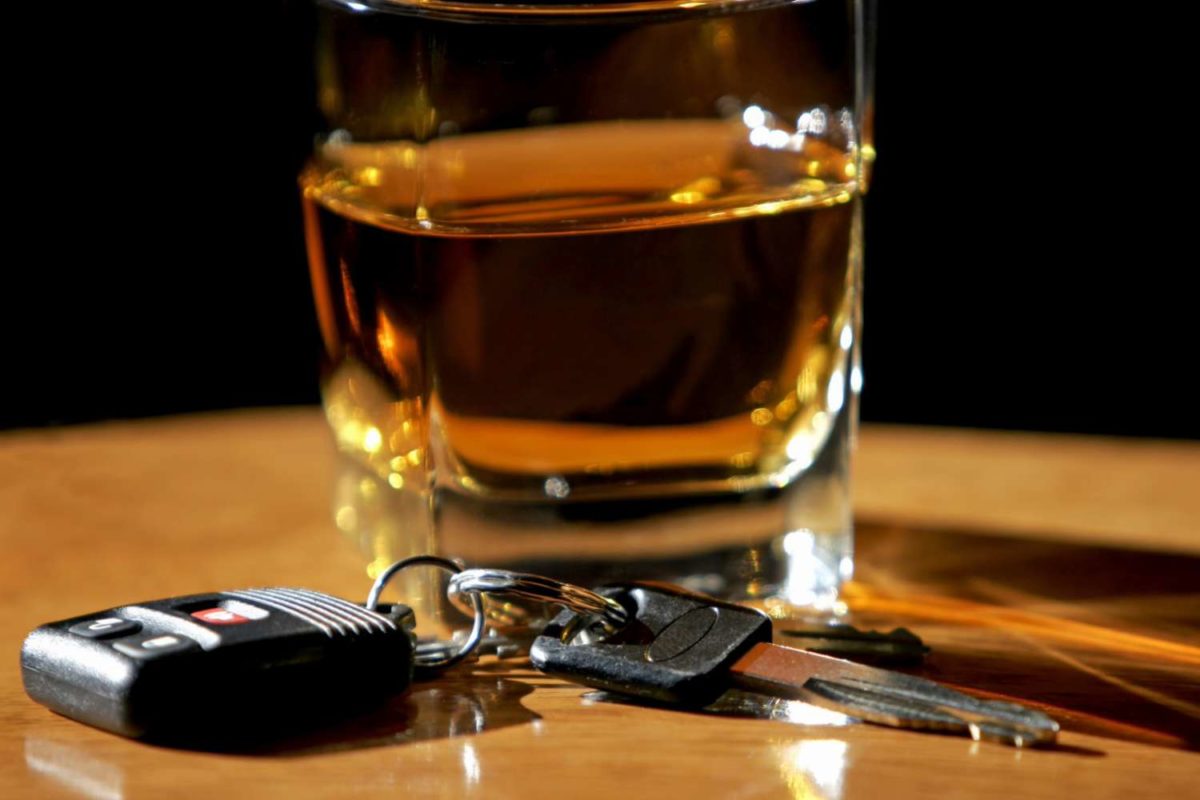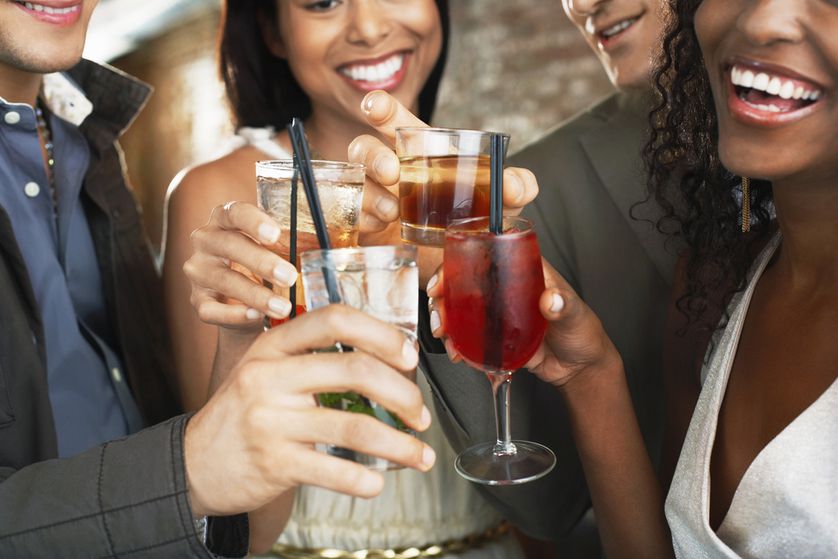If You Booze, You’ll Lose
Did you know that the smallest amount of alcohol can affect your driving ability?
In spite of all the safety campaigns and warnings about driving under the influence, South Africans continue to practise the dangerous habit of drinking, then driving. For some odd reason, the messaging doesn’t seem to have the desired effect, and the general attitude appears to be “It won’t happen to me”.
The truth however is that even the smallest amount of alcohol affects the neurological system in pretty much the same way. Here are 6-simple ways in which the consumption of alcohols affects one’s ability to drive.
- JUDGEMENT
Alcohol affects your ability to assess your position on the road, (e.g., where the centre line is), as well as the position of other elements such other road users, trees, road signs etc. Good judgement is also required for assessing your travelling speed and that of other vehicles.

2. REACTION TIME
The slightest delay in reacting to the fast changing road conditions can result in accidents, injuries or fatalities and because alcohol is a depressant, it slows down your reflexes considerably. Some researchers report that the average person’s reaction time can be reduced as much as 15 – 25% which is a considerably long time should you need to stop or avoid an obstacle.
The general attitude appears to be ‘It won’t happen to me’.
3. CONCENTRATION
Small amounts of alcohol, as little as a BAC of 0.02%, can impair your ability to focus on the many tasks required to drive. Once you lose concentration, you are at risk of causing or being unable to avoid an accident. Alcohol diminishes your attention span, making it difficult to focus on everything necessary for safe driving. It also makes you less likely to make rational decisions and you may be more inclined to drive in a manner that you wouldn’t normally drive when sober.

4. COORDINATION
Eye, hand and foot coordination are essential for safe driving but become severely impaired under the influence of alcohol, making it difficult to turn the steering wheel or apply brakes timeously. This obviously makes a driver who has consumed alcohol a hazard to themselves and other road users
One Drink is One too Many
5. IMPAIRED VISION
Alcohol is a depressant which means it triggers fatigue and drowsiness, making it difficult to pay attention on the road, or even remember that you are driving in the first place which is a frightening thought! Many motorists fall asleep whilst driving resulting in complete loss of vehicular control, serious injury or even death.
If you are a motorist who has gotten away with driving drunk in the past heed our warning because it is only a matter of time before you become just another drunk driving statistic. Not only could you serious injure yourself and others, you could be responsible for the death of your own family members too. Our approach as responsible citizens towards driving under the influence should be “One Drink Is One Too Many” and we should all strive not to drink and drive.



